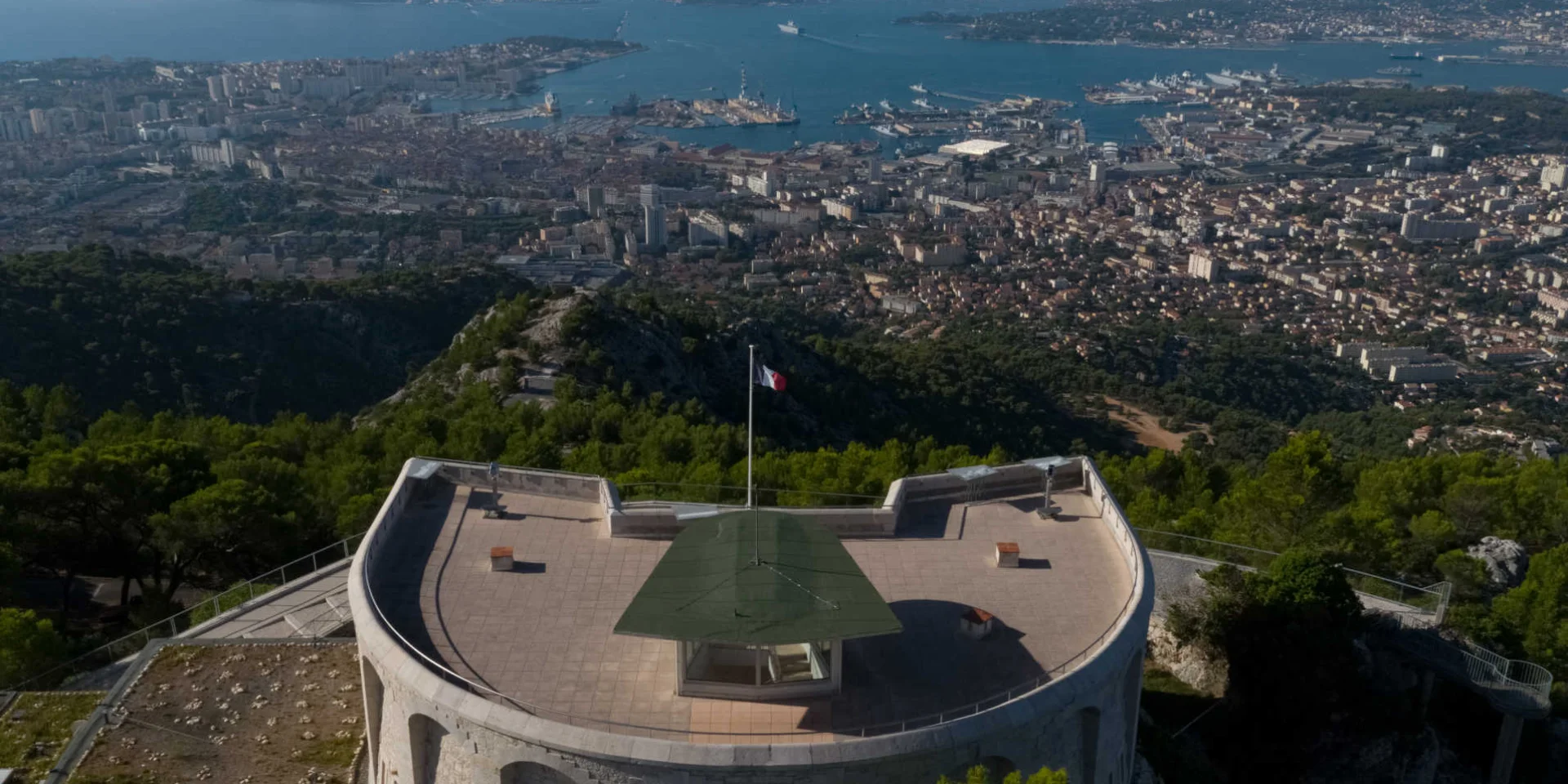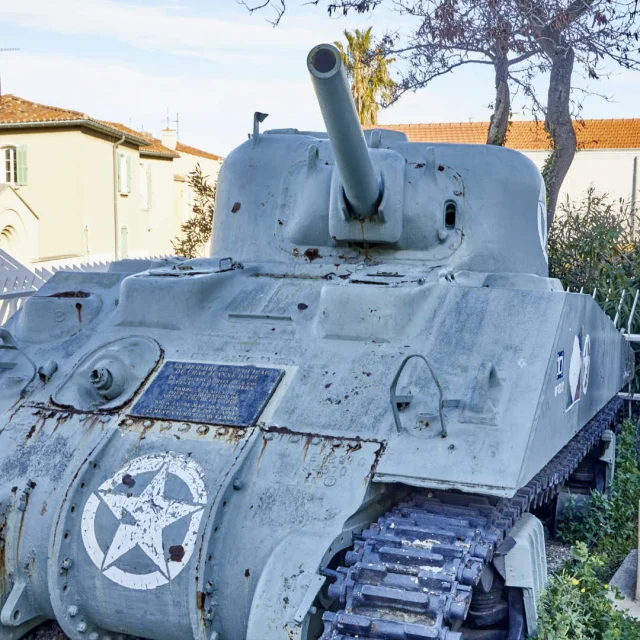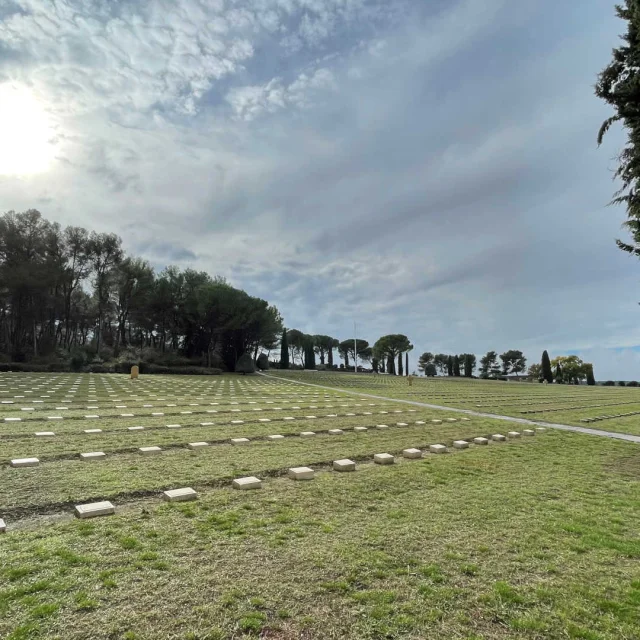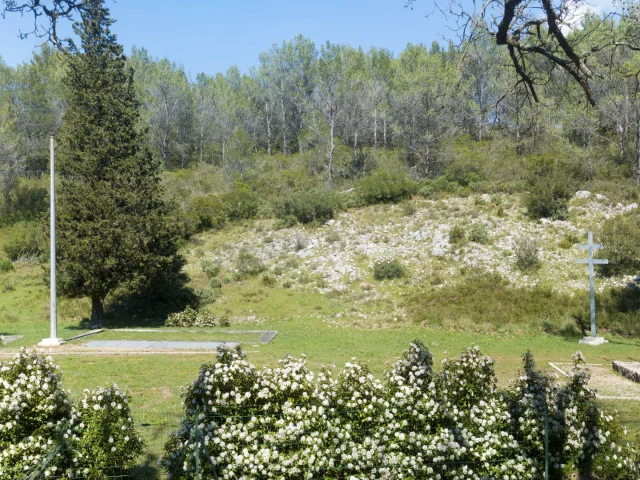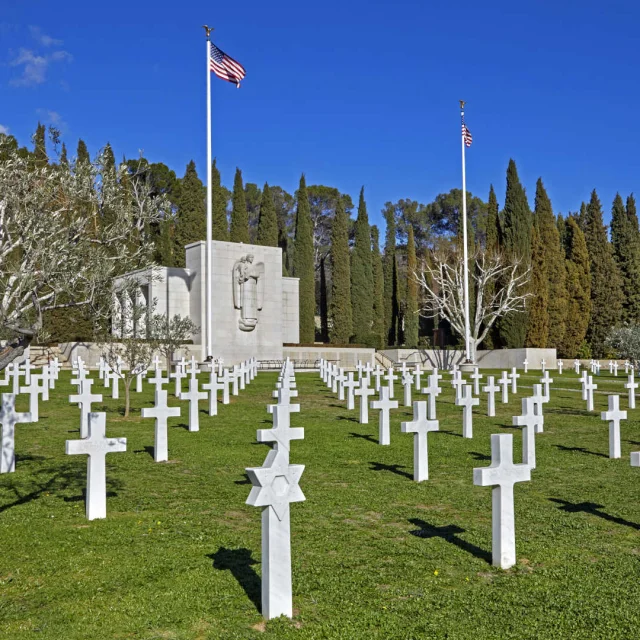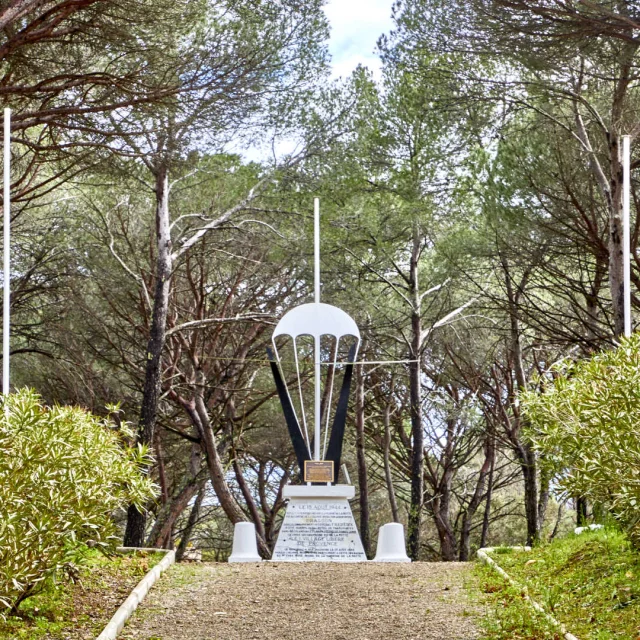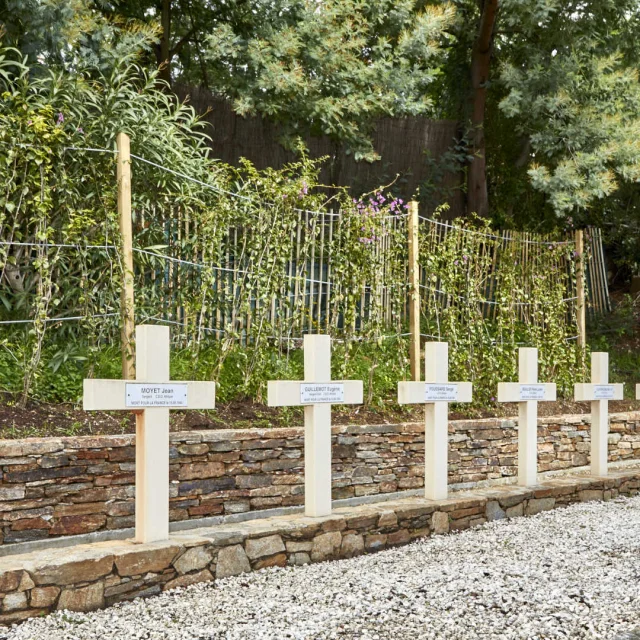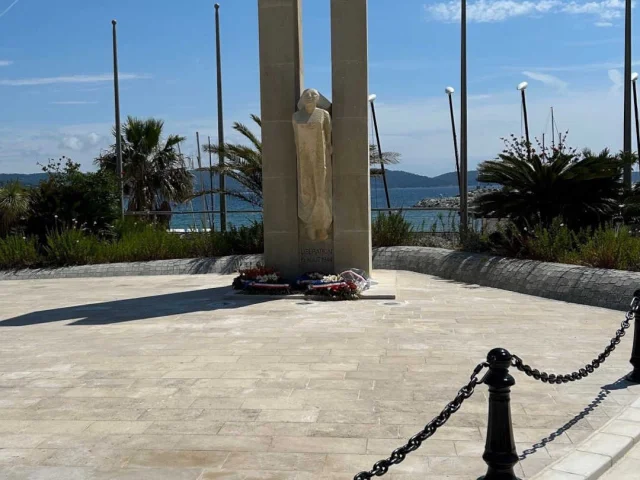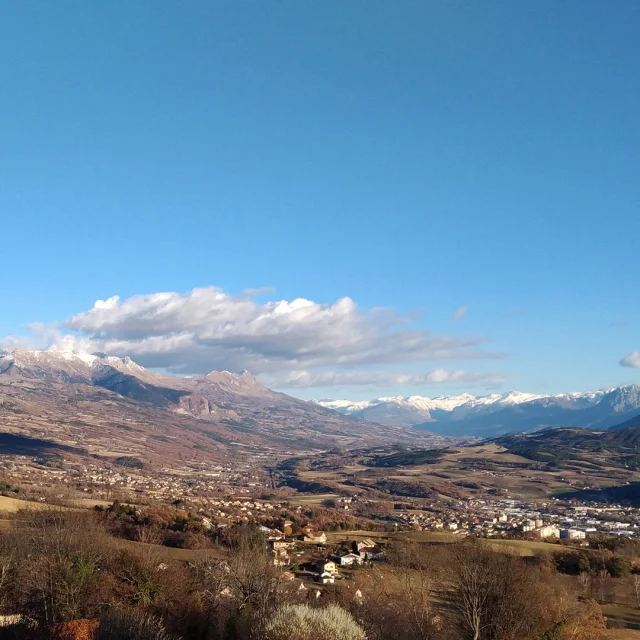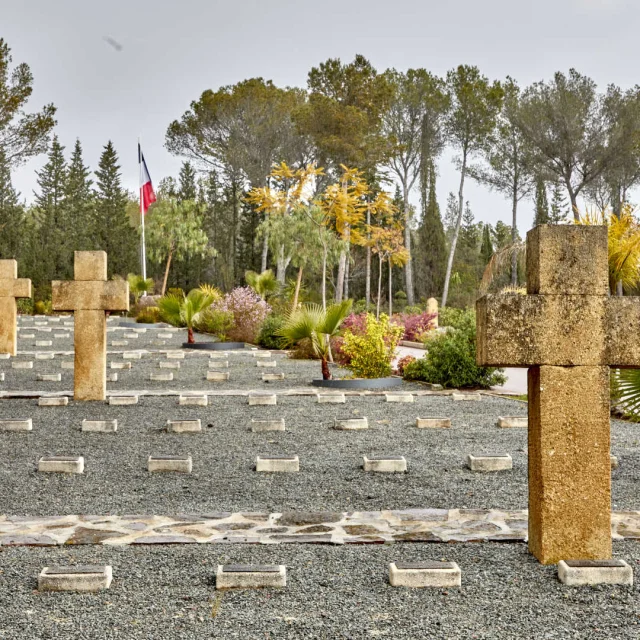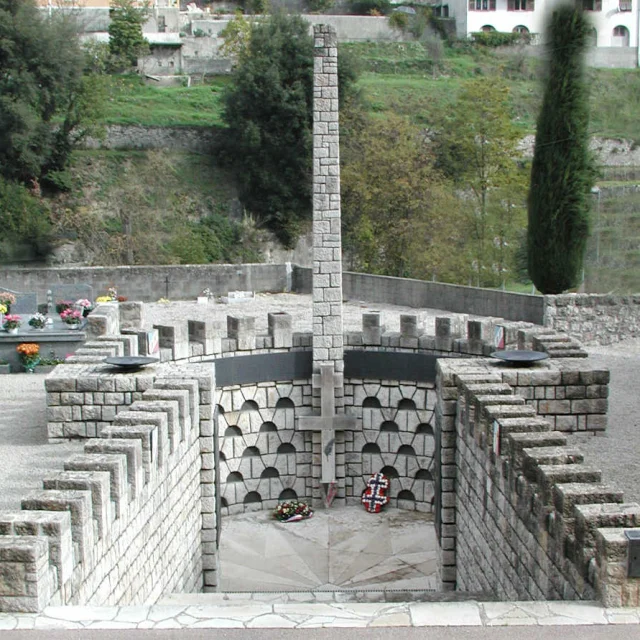In Provence
The Mont Faron Memorial in Toulon
If there’s a place of memory not to be missed in Provence-Alpes-Côte d’Azur, this is it! Perched at the top of Mont Faron, the Mémorial du Débarquement et de la Libération en Provence looks over the whole bay of Toulon. Open onto the sea, this remarkable view invites you to imagine troops during the liberation of the town, on 28th August 1944. In the Beaumont tower, built originally to watch over the coast, a succession of rooms shows the progression and what went on behind the scenes of Operation Anvil-Dragoon, underlying the recapture of the ports of Toulon and Marseille and the liberation of the Rhône corridor. With the family, get an introduction in the atrium to the notions of remembrance, commemoration and Resistance. Then it’s off on a great thematic immersion into WW2: the year 1942, which was decisive in the conflict, the great international conferences, with the restitution of the 1943 Tehran conference with Stalin, Roosevelt and Churchill. Next, you will discover the rearming of the French army by the Americans, the day-to-day life of the French people under the occupation or the Resistance in Provence.
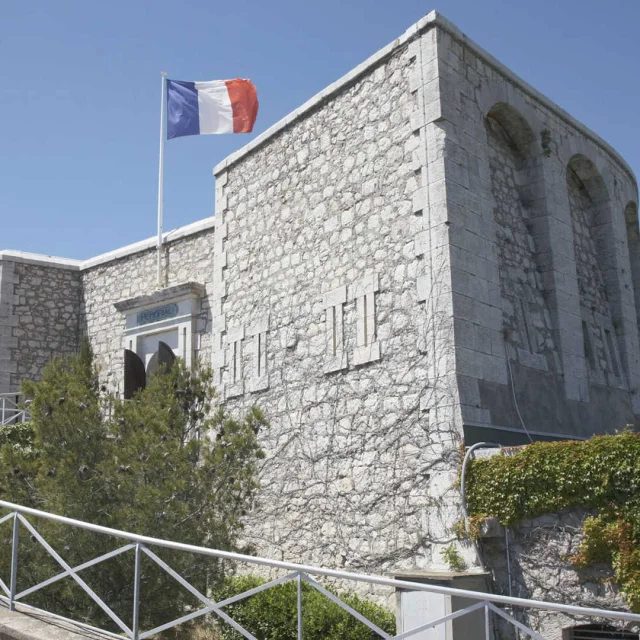 Memorial Du Debarquement Et De La Liberation En Provence Mont Faron Region Provence Alpes Cote Dazur Inventaire General Fpauvarel
Memorial Du Debarquement Et De La Liberation En Provence Mont Faron Region Provence Alpes Cote Dazur Inventaire General Fpauvarel